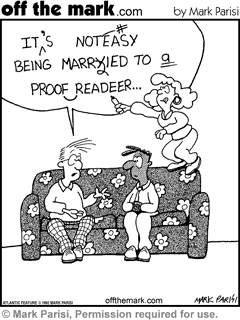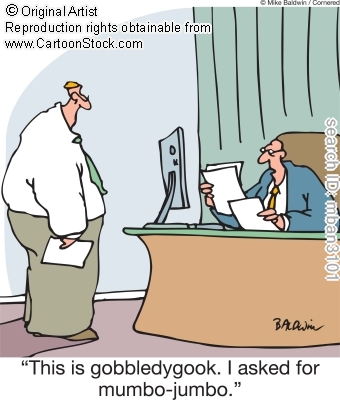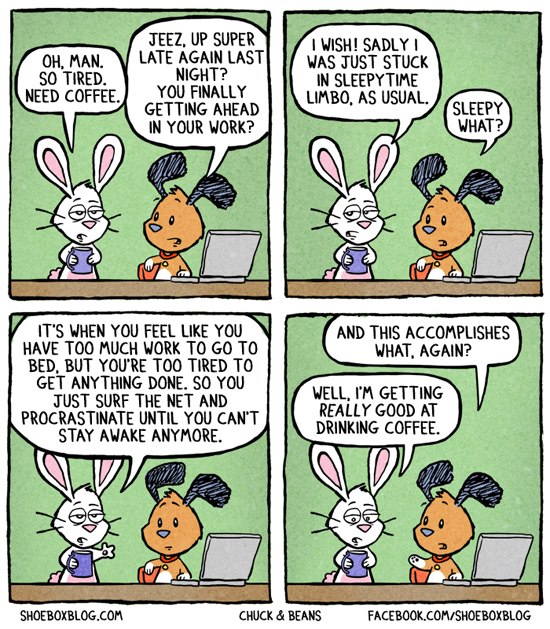


Draft Report feedback and comments here from last week. Here is some broad general feedback about the assignments as a whole. Keep in mind that not all of these points may apply to your work.
Here's the Report Writing Checklist
Quick Links
Writing an Executive Summary
Formatting your work
Writing style exercises 9: Writing better sentences and paragraphs
![]()
Week 14 - Summary and more report editing
OK, we're nearly at the end of the course. This week we will allow you to spend time completing your final report and portfolio.
If you haven't already done so, go through both your report and portfolio exercises with a fine tooth comb. Why not have someone else read your assigments through for you? They are more likely to pick up errors that the writer just doesn't see.
Submitting your Final Report and Portfolio
Unless your tutor has requested otherwise, your Final Report and Portfolio, should be submitted electronically. The details of your final assignments are as follows:
Your Portfolio must:
Your Final Report must:
In all cases you must keep a copy of your assignments on file. Please remember that ALL assignments must have been submitted in order to be able to complete this unit.
The final aspect of a good report is a well written Executive Summary. From reading draft reports over the past few days, this was generally not well done. The Executive Summary is the most important part of a business document. It is the first (and sometimes the only) thing others will read and the last thing you should write. It is simply a brief summary of the document, written so that the busy people who will read your document know at a glance how much to read and what actions will probably be needed.
An Executive Summary:
Some other pointers include:
 Here are some good and bad examples from the UniLearning website.
Here are some good and bad examples from the UniLearning website.
Improve the formatting of your written work
We will spend this last lab class revising your report and portfolio. For some hints on how to improve the formatting of your report, have another look at my flash tutorial on how to format your documents professionally.
There is also a final set of writing exercises that you can do for your portfolio.
Check your sentences
We should all know what a sentence is. It should begin with a capital and end with a full stop and must contain a verb … right?. The golden rule is that each sentence should contain only one idea and that paragraphs should be a series of sentences which relate to one theme or argument. However, often writers are so keen to get all of their related ideas into one sentence, that it becomes too long and hard to read.
Neil James (2007) in his excellent book, 'Writing at Work', lists the following points which should be kept in mind when editing your sentences.
Check your paragraphs
Writing
well structured paragraphs is an important skill in both business and academic
writing. Many writers neglect this basic strategy leading to poorly constructed
paragraphs which can make your writing more difficult to read and your
arguments more
difficult to follow.
According to Oshima & Hogue (1991)
A paragraph is a basic unit of organisation in writing in which a group of related sentences develops one main idea. A paragraph can be as short as one sentence or as long as ten sentences. The number of sentences is unimportant; however, the paragraph should be long enough to develop the main idea clearly (p.16).
Writing style exercises 9: Writing clear sentences and paragraphs
Click on this link for the exercises. Read through the guidelines and then complete the exercises that follow. Cut and paste them into a Word file and complete your answers.
Finally, here are some sites on editing for you to investigate further:
Check out these link which give some good hints about paragraph construction. There are lots of others but these will do for now. |
Our textbook has been newly revised especially for this unit. Most lectures and many class activities will be based on the book, so we recommend that all students have access to a copy and bring it to class every week. Copies will be made available in the Library Closed Reserve.
In addition, class discussions and presentations will be based on more specific readings on the weekly topic. These can be found under the 'Tutorial Readings' tab at the top of this page.